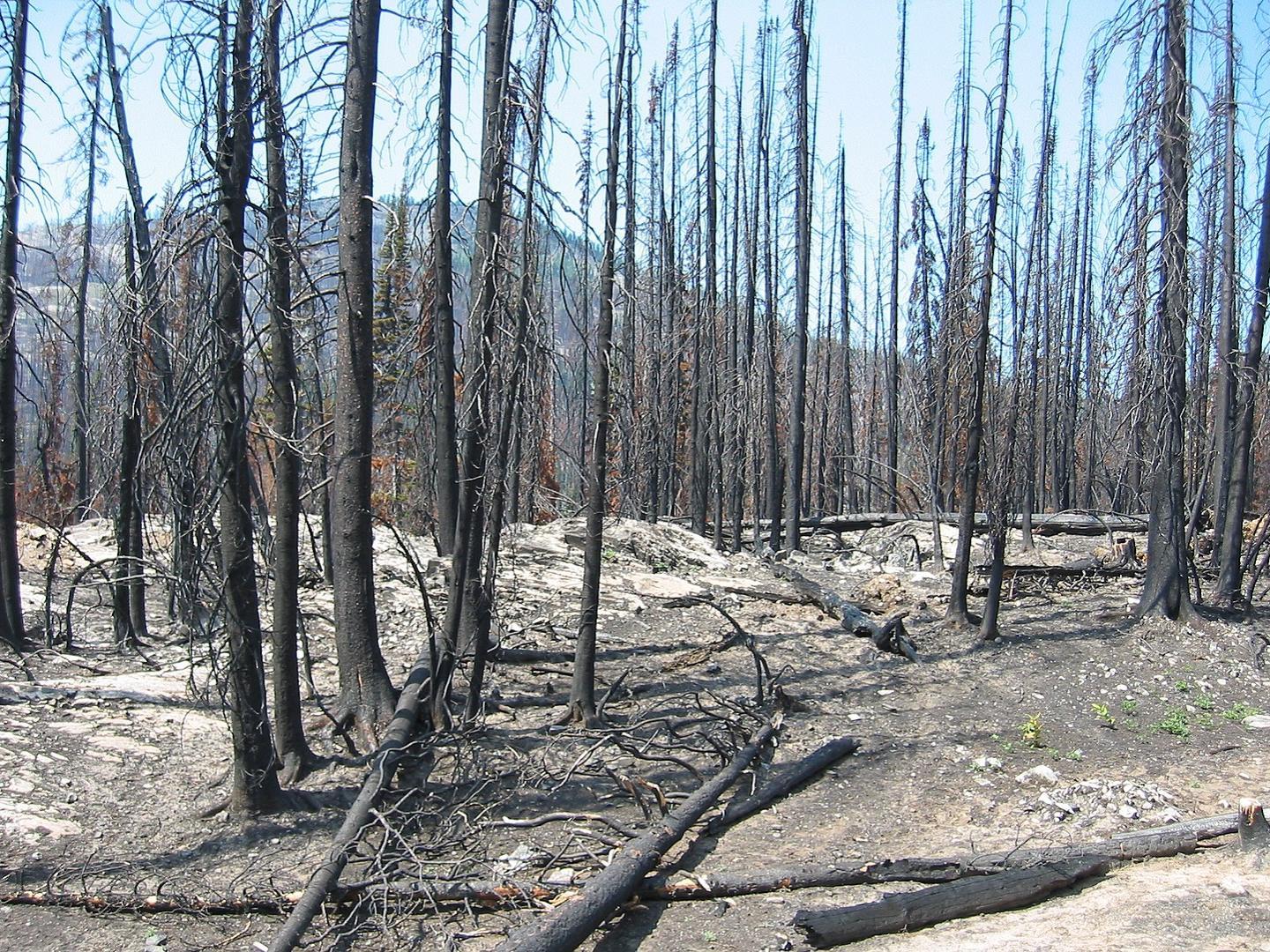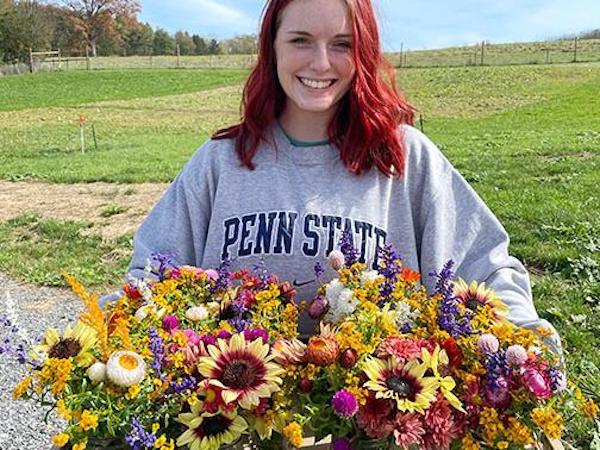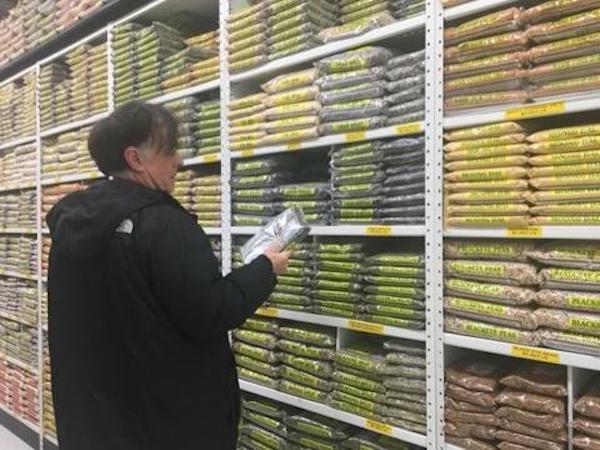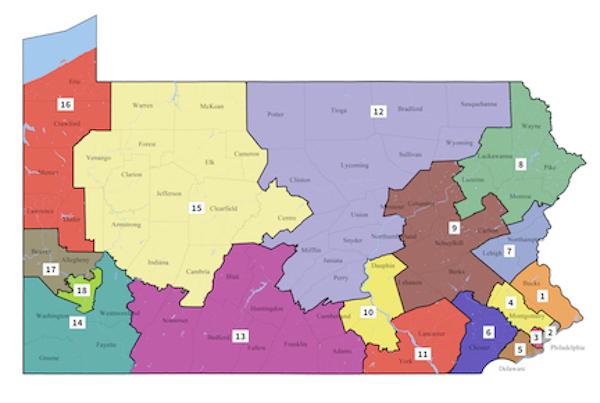UNIVERSITY PARK, Pa. — Restocking forest patches after fires is important but relies on landscape and local factors, making successful tree replacement and forest recovery difficult. Now, a team of geographers analyzed forest recovery to develop aids for managers in maintaining forests.
"We used to think forests were resilient, but we are increasingly seeing that the pace of fire is alarming," said Erica A.H. Smithwick, distinguished professor of geography, Penn State. "We found that managers need tools to decide how to manage post-fire reconstruction."
A 2011 paper authored by Penn State researchers outlining a geovisual analytics approach to support geographically grounded situational awareness of crisis events using social media was selected to receive the 2021 IEEE Symposium on Visual Analytics Science and Technology Test of Time award.
The Institute of Electrical and Electronics Engineers (IEEE) Test of Time Award is an accolade given to recognize articles published at previous conferences whose contents are still vibrant and useful today and have had a major impact and influence within and beyond the visualization community. The award was presented at the IEEE VIS: Visualization and Visual Analytics 2021 virtual conference held Oct. 25 to 29, in New Orleans.
UNIVERSITY PARK, Pa. — A Penn State researcher testing a new way to assess tobacco use with a neighborhood mapping platform and in-person interviews has found that community engagement is key to addressing risky health behaviors.
UNIVERSITY PARK, PA. — Three undergraduate students in geography are active at the Dr. Keiko Miwa Ross Student Farm at Penn State. They each came to the farm for different reasons, but all perceive a strong connection between farming and geography.
UNIVERSITY PARK, Pa. — Two incoming graduate students in the Department of Geography were awarded National Science Foundation (NSF) Graduate Research Fellowships (GRFPs) for 2021. Both want to improve climate change modeling; one in the Arctic, the other in the Antarctic.
Nicolle Di Domenico, who is pursuing a master of science, and Emma Robertson, who is pursuing a doctor of philosophy, said that undergraduate fieldwork experiences sparked their interest pursuing climate science.
UNIVERSITY PARK, Pa. — Two geography majors are serving as College of Earth and Mineral Sciences' Undergraduate Student Council (StuCo) officers and as EMS ambassadors. Senior Hannah Perrelli is president and sophomore Emily Shiels is secretary.
Both Perrelli and Shiels became involved with StuCo after attending the college’s August first-year student orientation experience, Total Engagement with EMS (TEEMS).
UNIVERSITY PARK, Pa. — Widely accepted myths that urbanization negatively impacts food and land use biodiversity are incorrect, according to a team of researchers who developed a framework for evaluating this intersection. Their results could also affect nutrition and food insecurity in urban areas.
More than 50% of humanity currently lives in urban areas and by 2050 this will grow to 68%. Growing urbanization drives changes in climate, land use, biodiversity and the human diet, according to the researchers.
"We can't simply assume that urbanization exclusively, negatively impacts food biodiversity," said Karl S. Zimmerer, E. Willard and Ruby S. Miller Professor of Environment and Society Geography, Penn State, who directs the GeoSyntheSES Lab.
UNIVERSITY PARK, Pa. — Daniel Selik, a student in the intercollege Master of Professional Studies in Homeland Security (iMPS-HLS) degree program at Penn State and a retired U.S. Navy chief petty officer, received the 2021 Michael P. Murphy Award in Geospatial Intelligence.
He was presented with the award at the United States Geospatial Intelligence Foundation (USGIF) Geoint 2021 Symposium held in October in St. Louis.
UNIVERSITY PARK, Pa. — Air humidity is more important than soil moisture in influencing whether it rains in the United States Corn Belt, an agricultural area in the Midwest, stretching from Indiana to Nebraska and responsible for more than 35% of the world’s most important grain crop, according to a new study by Penn State researchers.
“We were curious about the effect soil moisture has on convective precipitation in the Corn Belt under different atmospheric conditions, such as dry or humid,” said Connor Chapman, who graduated in 2020 with a master of science degree in geography and is lead author on the paper. “Plenty of research of this nature has been done for the Great Plains region, but the neighboring Corn Belt — which has a different climate type — has received much less attention.
Lee Ann Banaszak, head of the Department of Political Science and professor of political science and women’s, gender and sexuality studies, and Christopher Fowler, associate professor of geography and director of the Peter R. Gould Center for Geography Education and Outreach, have been named by Governor Tom Wolf to the newly formed Pennsylvania Redistricting Advisory Council.










